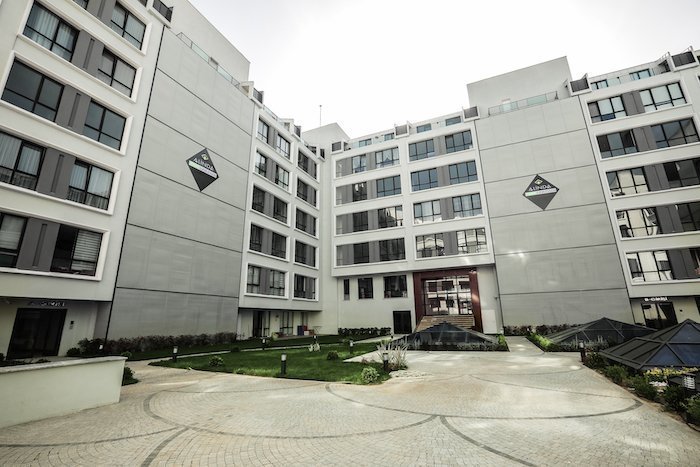When it comes to advantages of this material, adaptability comes first as it provides a mix of many merits such as robustness, versatility and properties of lightweight, by possessing all these advantages flattened expanded metal is easily cut and installed in any spaces, Moreover, it is greatly resistant to corrosion especially when the material is made from strong kind of materials or coated with particular specifications, so we can say that it has a high level of durability over time and can survive a lot of outer conditions, if we come to compare the flattened ones with the standard ones we can notice that the former is smoother in surface and can elevate the visual appeal of the building or area at the same time enjoying integrity of structure leaving no margins for breakability and fragility.
Flattened expanded metal vs standard expanded metal let's find out more:
The term" standard expanded metal" refers to the metal coming out of the expanding machine. The specific dimensions of the Expanded Metal will vary depending on the expander and the expanded metal sheet thickness, but the thickness of the metal strips and the open space between them will be consistent and regular. The surface of this expanded metal (depending on the expanding equipment) may have a slightly rounded appearance, and this helps to reduce the risk of washing process flow collection within the expanded metal basket.

Flattened expanded metal is the result of putting the standard expanded metal into a cold rolling steel mill for flattening the expanded metal mesh. This makes the expanded metal mesh thinner, flatter and wider / longer. Since it is sometimes difficult to predict how much expansion will occur in the network during the flattening process, the sizes of flattened expanded metals may differ slightly from the original estimates.
In addition, flattened expanded metal sizes will vary depending on whether the cylinder is passed along the design's short path (SWD, narrow direction of diamond pattern) or long design path (LWD, wider, longer direction). Diamond pattern).
Since flattened expanded metal possesses versatility this put it forward to be used in architectural and industrial contexts. For instance, designers and architects find it the best option to be used for façades, partitions, sunshades and panels as it creates a really striking visuals that amazingly contributes to the control of light and shadow, in industrial sectors, this metal is highly celebrated for its capacity to bear heavy-load work specifically when utilized in safety barriers, systems of filtration and walkways, Flattened expanded metal mesh is a valuable solution when robustness, safety, and durability are wanted without compromising any esthetics In conclusion flattened expanded metal can offer a special mixture of solidity and style, and with its wide range of uses it can be a versatile and practical material for many environments.
Expanded metal manufacturing process are straight and organized, The process of making expanded metal is relatively simple and hasn't changed much since it was first invented. To form expanded metal, sheet metal is passed through a device called an "expansion machine", similar to a plate rolling machine, but equipped with cutting edges that drill holes into the metal plate as it passes through the machine.
The sizes of holes in the Expanded Metal will vary depending on the size and shape of the cutting edges of the expanding machine. However, most of the diamond cut pattern they're common.
After passing through the expansion machine, the expanded metal mesh can either be used as is or cold to form the flattened expanded metal mesh it can be passed through the rolling process. The flattening process makes the wires and bonds of the expanded sheet metal wider and thinner the flattened metal sheet; their exact dimensions can vary in ways that are difficult to predict accurately before flattening occurs.
Rolling below the recrystallization temperature of the material is called cold rolling. Cold rolling, better diameter than hot rolled strips it is used for manufacturing strips with tolerance and a smooth surface.